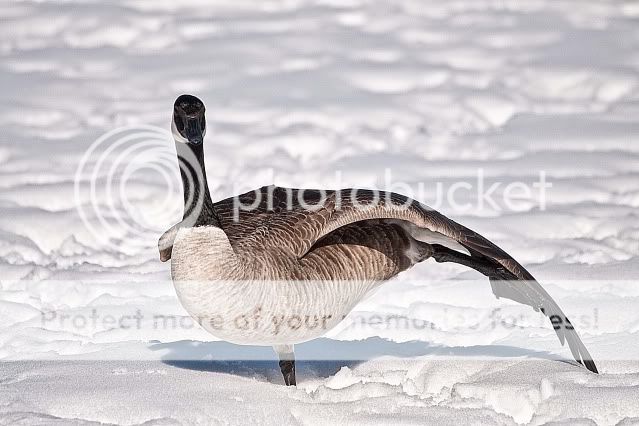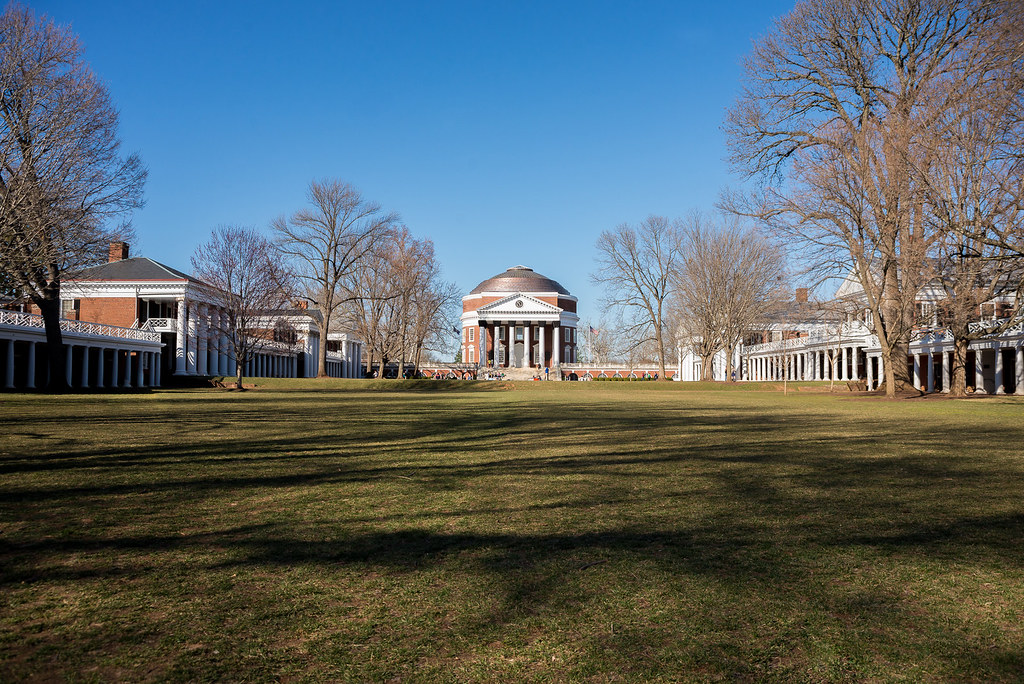- Joined
- Apr 9, 2009
- Messages
- 41,401
- Reaction score
- 5,706
- Location
- Iowa
- Can others edit my Photos
- Photos OK to edit
Yep. Nikon D90, 500 mm, f/6.3, PoF about 100 feet IIRC:



A 35mm lens is 35mm, and a 28mm lens is 28mm. DX/FX or whatever doesn't change the focal length (a DX lens generally has a smaller image circle than an FX lens, which allows it to cost less). So the 28mm f1.8 is actually wider than the 35mm f1.8 DX.A 35mm f1.8 DX is something I'd consider buying at this point, mainly because it's cheap, and it's actually a 35mm on cropped sensor DSLRs. A 28mm f1.8 costs quite a bit more and will be a 42mm on the D5200, si I'll get a wider angle with the 35mm DX.



Yes folks, very nice examples of restricted DOF with telephoto lenses however none of these examples show the combined shallow DOF and the perspective that a "normal" lens (50mm on 35mm format or 80mm on 60X60 format etc) gives. To anyone familiar with photography those posted examples scream out "telephoto lens". The example the OP provided looks like it was taken with a normal lens from a few feet away rather than with a telephoto lens from a few hundred yards away. This effect can only be reproduced with a large format camera. You can throw a telephoto lens on a small format camera and replicate the DOF but then your perspective will be wrong or you and use a normal lens and replicate the perspective but you DOF will be too great but you can't do both without going to large format.
It's apparent that there are still people who don't seem to grasp what the OP was actually about.
